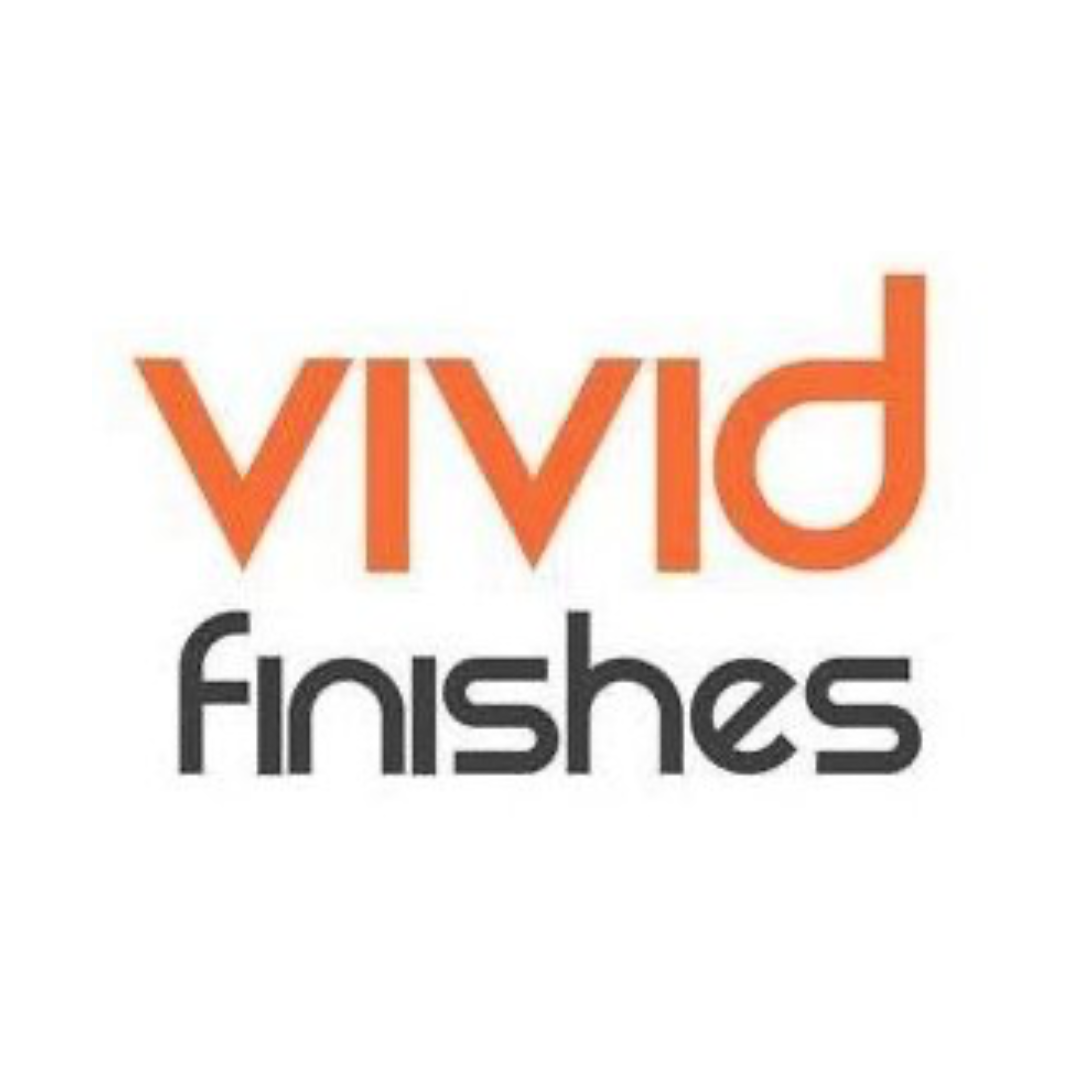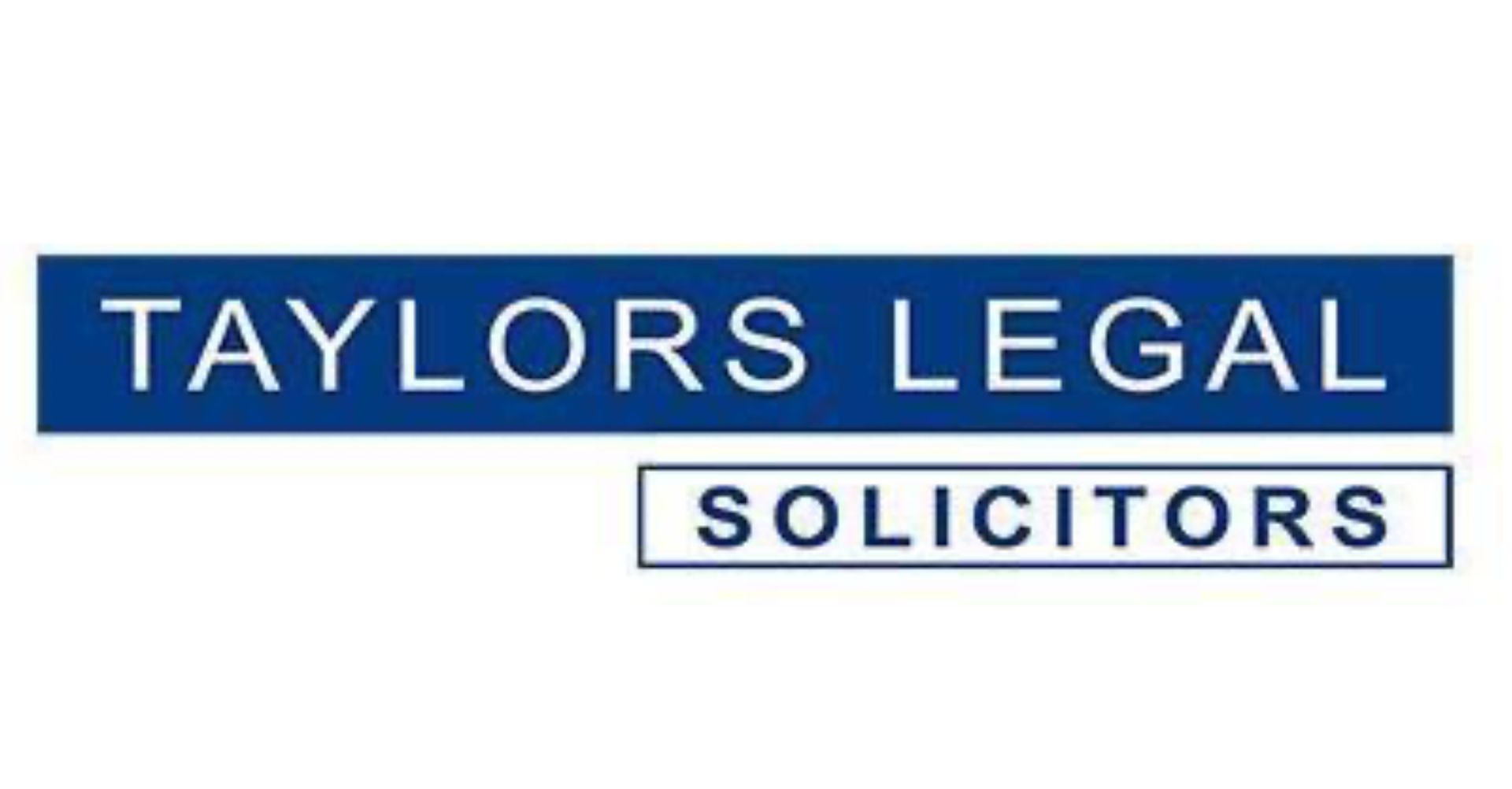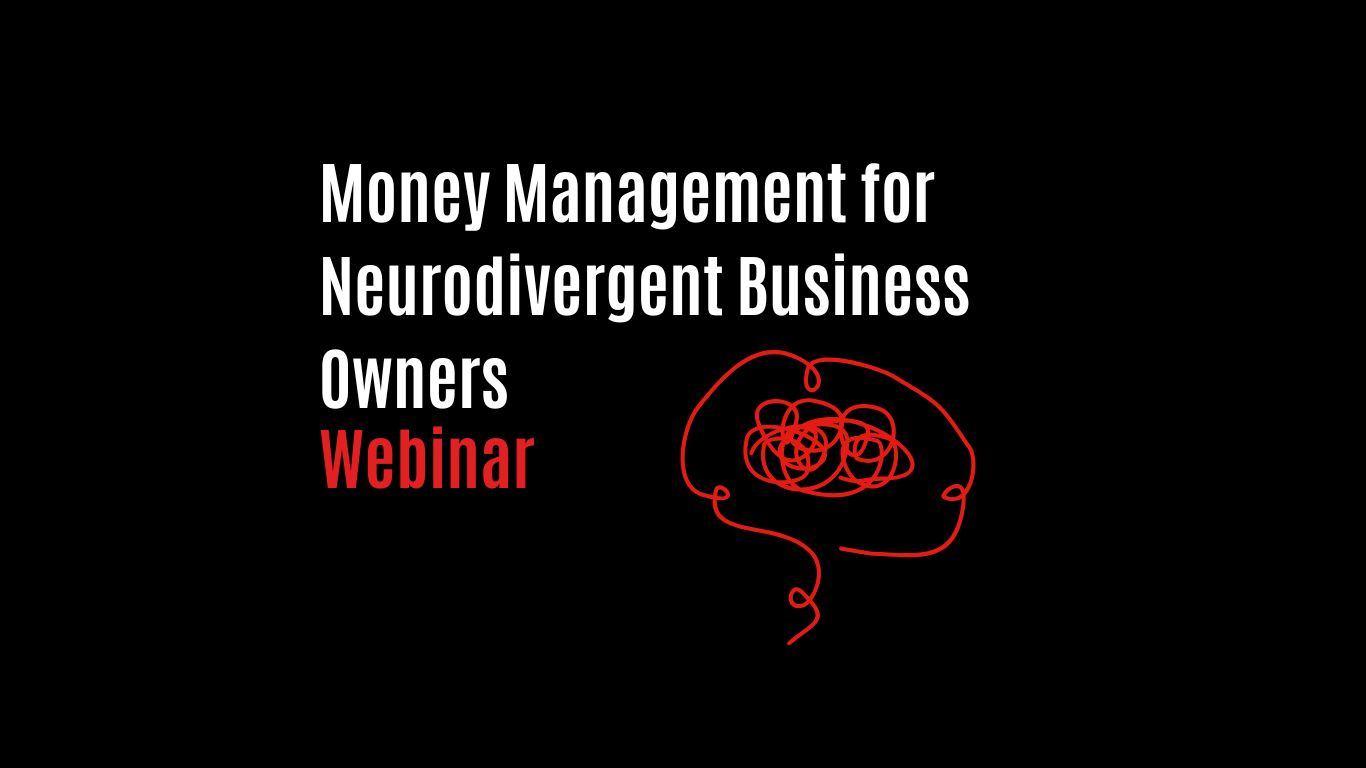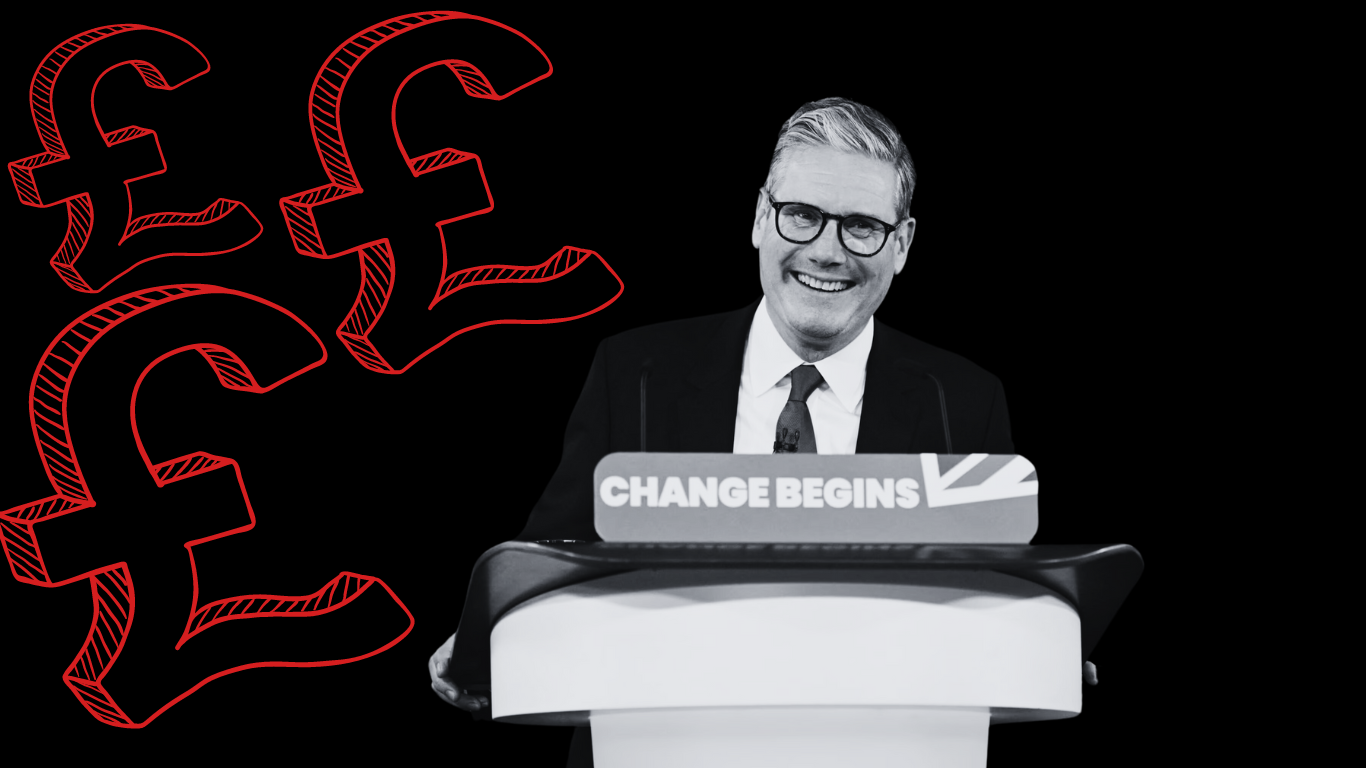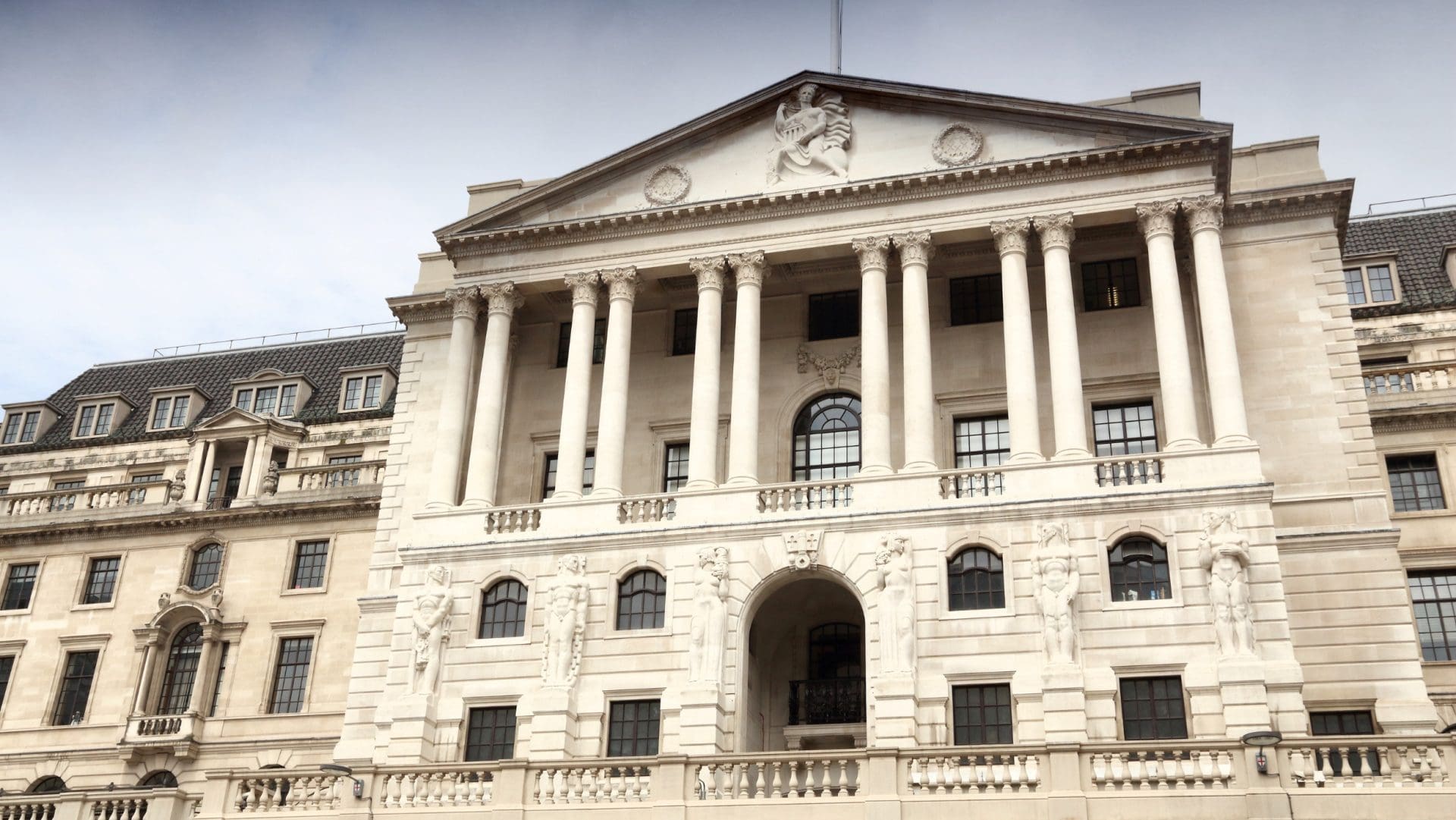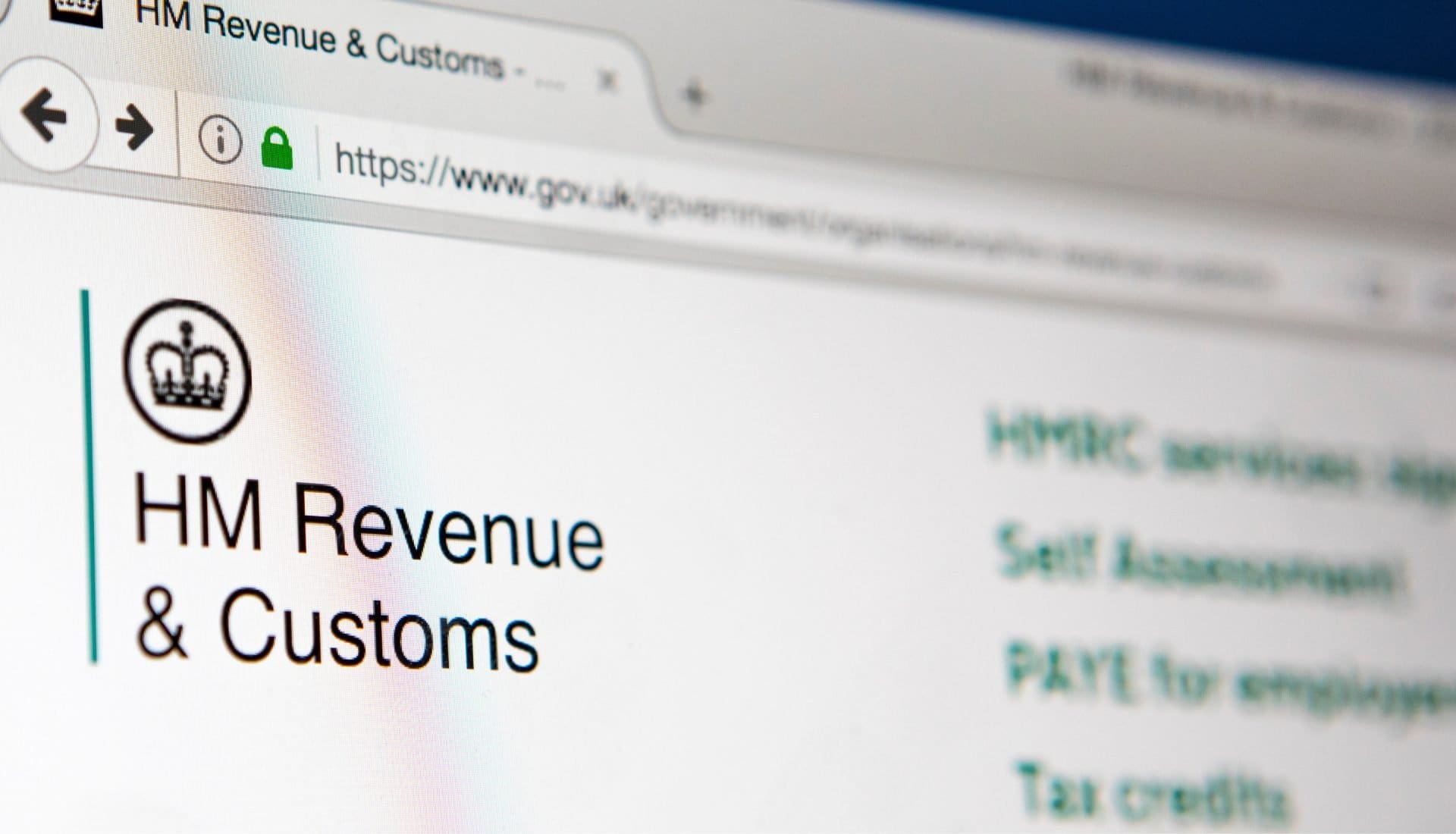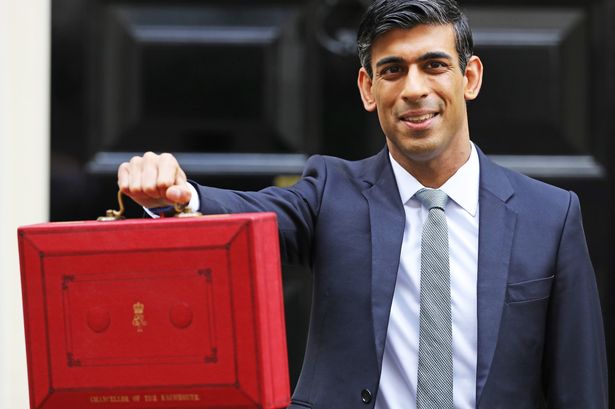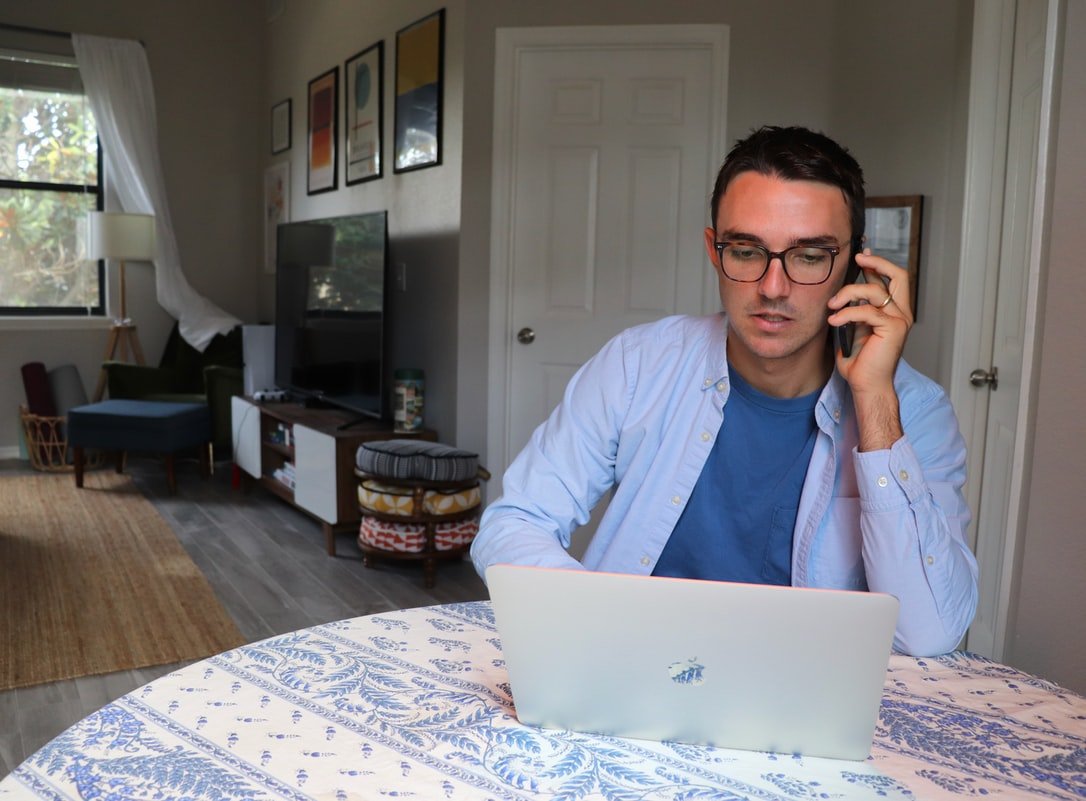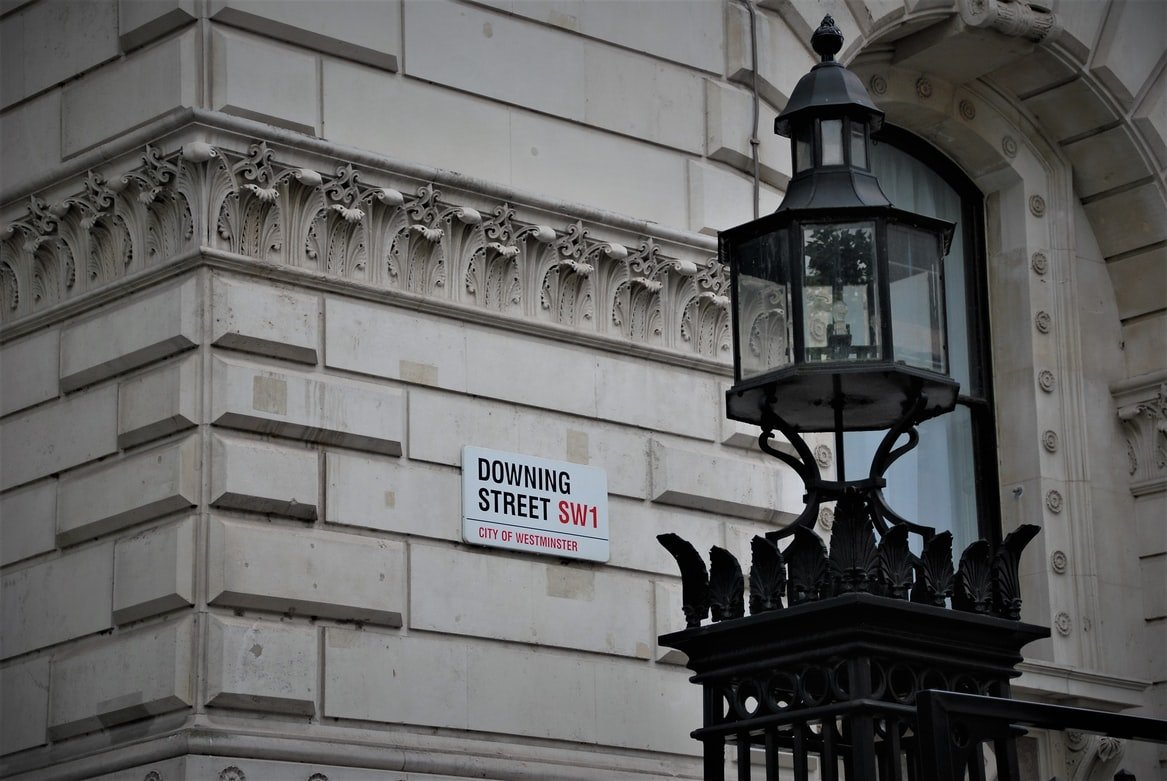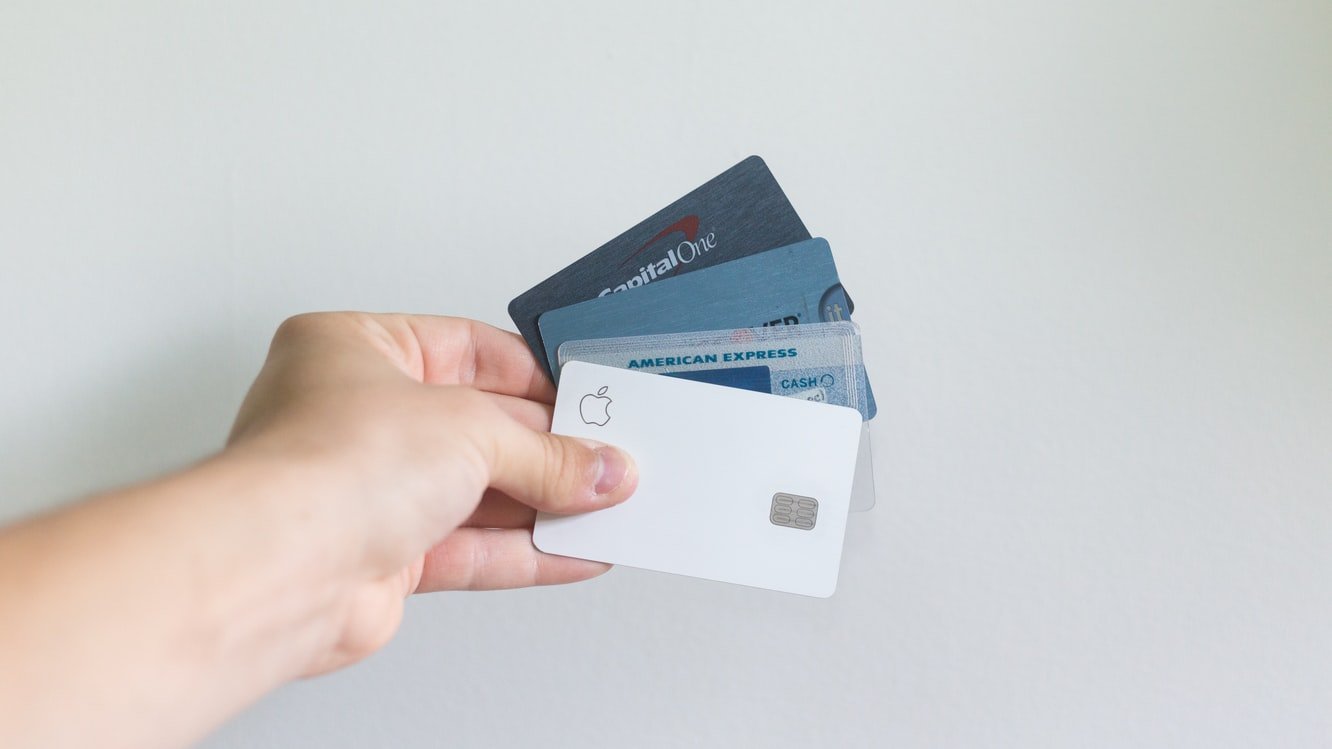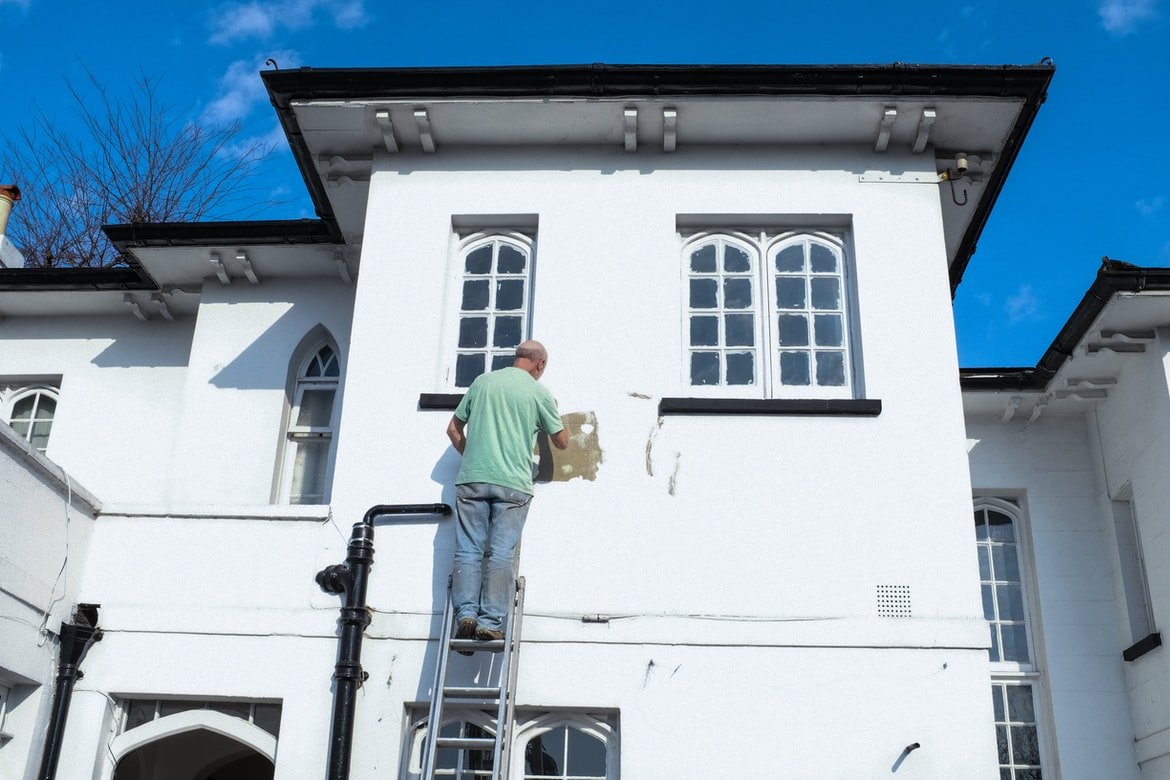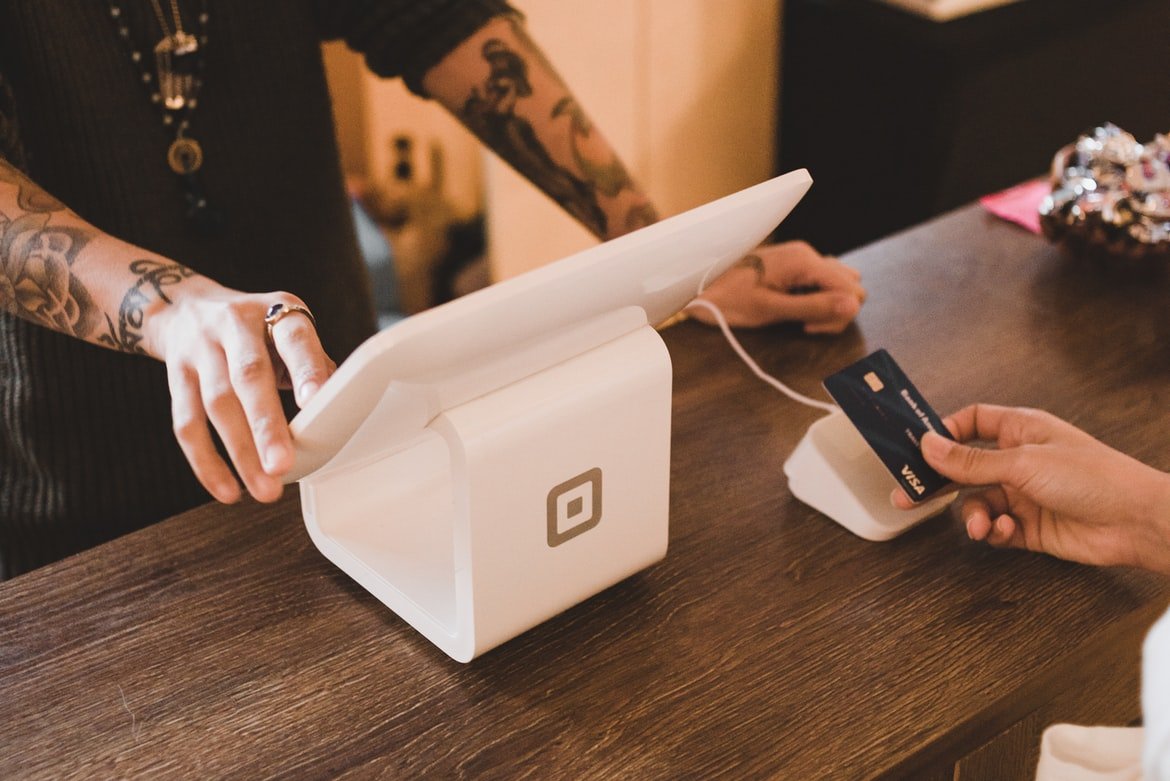Are you a self-employed worker and considering getting on the property ladder? There are a few boxes you will need to tick first. Getting a mortgage isn’t a five-minute job; it’s useful to prepare for an application well in advance of making one. You can improve your chances of getting it right the first time by following these tips.
On the 1st April 2021, the Government introduced a new housing scheme to encourage first time buyers to get on the property ladder. Under the terms of the new mortgage guarantee scheme, first-time buyers with a 5% deposit may be able to obtain a loan to buy, with the government guaranteeing the other 95%. This means that the government will partially compensate the lender if the homeowner is unable to make payments on their mortgage and will charge lenders a commercial fee for each mortgage in the scheme. The UK’s top five banks (HSBC, Lloyds, NatWest, Santander and Barclays) said they would support the initiative. The scheme will initially run until December 2022, however this is subject to review before the end date.
Official statistics from the Ministry of Housing, Communities and Local Government shows the number of mortgage approvals in January 2021 was up 40% from the previous year and with new scheme’s rollout, it only means that this is set to grow. This can only be a positive sign for the economy, which the housing market significantly contributes to.
Another measure introduced as part of the government’s strategy to maintain confidence in the housing market, is the removal of stamp duty charges. This has been extended to the end of June 2021 for properties up to £500,00. The nil rate will then continue for properties up to £250,000 until September, which is double the standard rate.
With all this in mind, the property market is being made to look very attractive for people looking to buy homes. But what does this mean for the self-employed?
Lenders require proof that a mortgage is affordable for you, not just at the present moment in time but also in the future too. They will decide this by assessing your outgoings and incomings, which they must be able to corroborate and verify accordingly. Most lenders will ask to see at least two years of evidenced self-employed income, sometimes even three year’s worth. Generally speaking, the more years of records you can provide, the better. Lenders encourage you to have your accounts drawn up and signed off by chartered accountants like ourselves. This eliminates the possibility of mistakes and missed paperwork, as well as helping you to achieve the most competitive rates.
The amount that you can borrow is often dictated by an affordability calculator. We know that making sensible and intelligent financial decisions is never more important than when making a huge and lengthy commitment like buying a home. That’s exactly why we’ve created an easy-to-use mortgage affordability calculator. Our mortgage calculator will give you a well-informed idea of how much you can borrow and what your repayments may be. However, it’s always best to speak to an expert to get a personalised and accurate calculation.
A frequent misconception for self-employed people is that due to irregular and often unpredictable income, it means that they automatically don’t meet the requirements for a mortgage. Many self-employed workers may have taken advantage of the various loans and grants available to help keep businesses afloat during the pandemic, which will be respectively considered. Lenders will often average out the last two or three years of accounts to assess your risk profile. If your income has changed dramatically, you might need to show proof of your future potential income or you may be asked to prove that you have a significant amount of savings.
Sole traders, contractors or freelancers will need additional information to help prove to lenders that they are a reliable investment, compared to an employee.
Sole Traders
If you operate as a sole trader, you’ll need to ensure you have a minimum of one year’s finalised accounts or a completed SA302 from from HMRC that is dated less than 18 months old. You can request an SA302 form once you’ve completed and filed your annual self-assessment.
Contractors and freelancers
If you’re a contractor or freelancer working through a limited company, you’ll need your current contract and, in some cases, the past 12 months. If this is not possible, it’s possible revert to using your personal tax returns or company accounts.
We hope this has outlined the steps in applying for a mortgage if you’re self-employed. If you’d like to know any further information on mortgages, or anything accounting related for that matter, please do not hesitate to get in contact with us at Nordens, where one of our trusted advisors would be happy talking you through your query.




